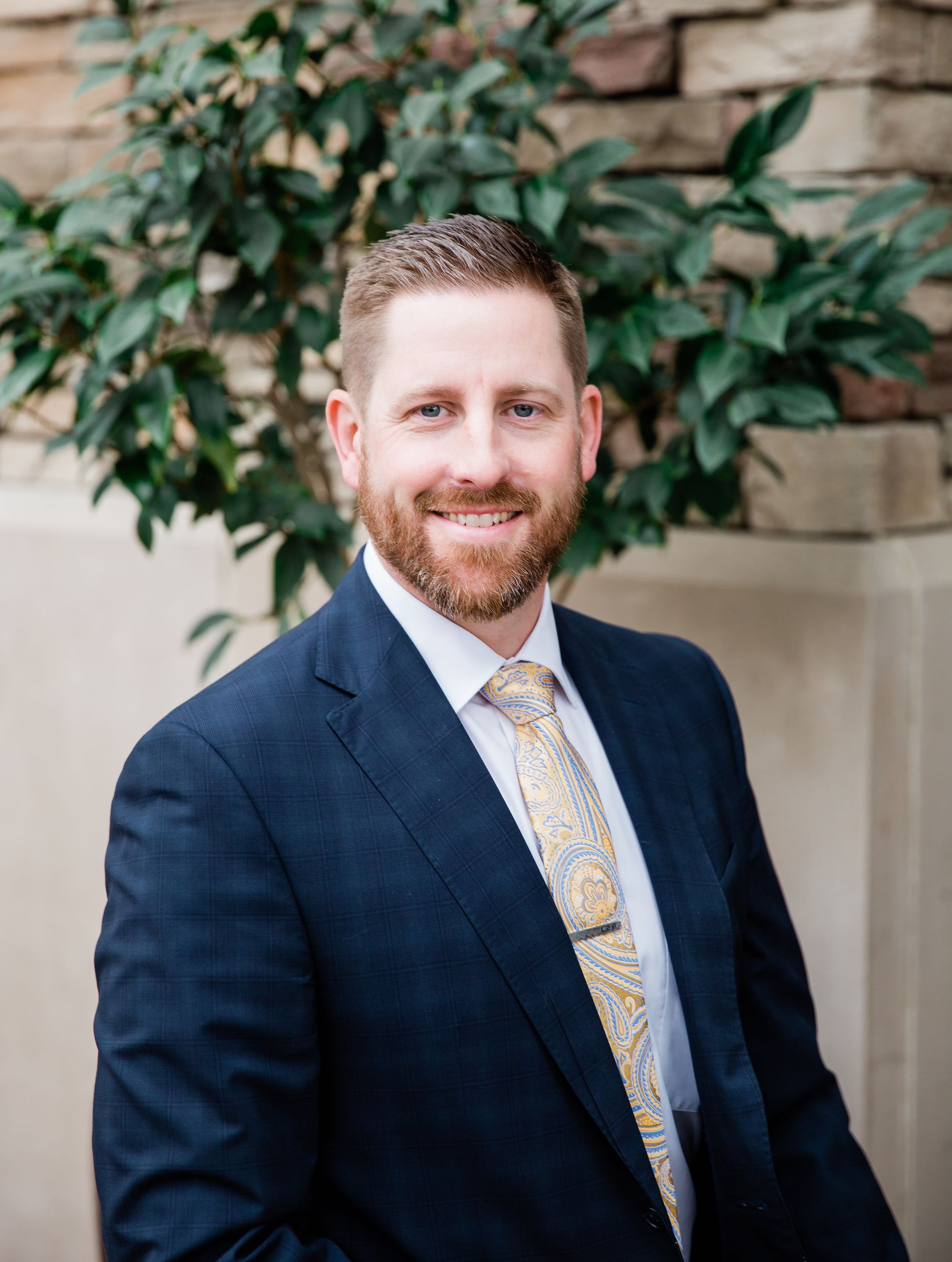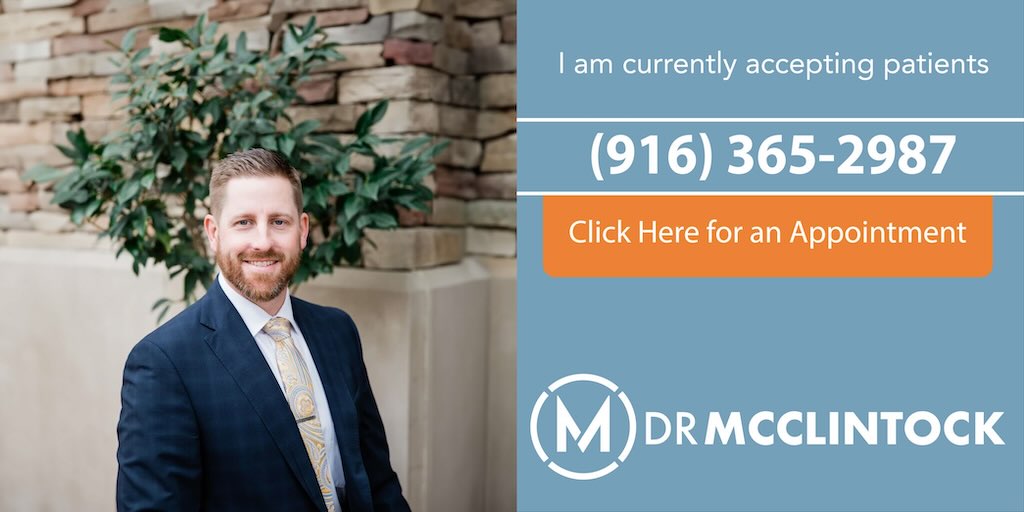The primary symptom of a rotator cuff tear is pain associated with lifting activities. The rotator cuff is most active and has the most stress placed on it when you reach away from your body or above shoulder level. If you have a problem with the rotator cuff, that’s when the most pain will be generated.
Another time that a rotator cuff tear will cause pain is at night. People can have a difficult time falling asleep from the shoulder aching. It is also common for people to wake in the middle of the night from pain resulting from rolling onto the shoulder while sleeping. Many people with rotator cuff tears have a hard time getting good, sustained sleep.
Many patients describe the pain as a dull ache that may radiate down the outside of the arm along the deltoid muscle. This ache occurs while performing routine daily tasks and sometimes even just resting. The pain often becomes suddenly sharp when lifting something overhead, making patients unable to complete lifting tasks.
There are two types of rotator cuff tears: a traumatic tear, which is associated with a forceful injury, and a non-traumatic tear, which is degenerative in nature.
With a traumatic tear, significant force rips the tendon off the bone it was attached to. Degenerative tears are from repetitive use that eventually weakens the tendon.
If you are going to develop a hole in a pair of jeans, it’s often over the knee because of the repetitive cycle of stretch and stress that weakens the fibers of the fabric in that area. A similar thing happens with the rotator cuff. The repetitive cycles of using the arm again and again over the course of many years can weaken the tendon to the point where the fibers eventually begin to tear away from the bone.
We know from studies that these tears are progressive in nature. They typically start as a partial thickness tear and will gradually grow into a full thickness tear.
The hallmark of a good clinician is getting a thorough and accurate medical history, including finding out when and how the pain started. Was there acute pain at the onset associated with an injury? If so, that may point to a traumatic tear which is managed differently than degenerative tears.
Many patients don’t have associated trauma since degenerative tears are far more common than traumatic tears.
A careful physical exam is also necessary and can usually give me a good idea of whether or not a patient has some type of rotator cuff pathology. Next, I use an MRI to confirm the diagnosis. This will show in detail whether there is a partial tear or a full thickness tear, which will help guide me in my decision about treatment.
Most rotator cuff tears are repaired using an arthroscopic approach. Multiple small incisions are made around the shoulder that allow us to introduce a small camera and tiny instruments into the shoulder. I then place small anchors into the humerus (upper arm bone.)
Then we feed heavy duty sutures that are attached to those anchors through the rotator cuff tendon to tie the tendon back down to the bone. This enables the body to begin the natural healing process of scaring that tendon back onto the bone, restoring strength and function.
For most people, it takes about 12 weeks for the tendon to heal completely. Recovery from a rotator cuff repair can vary depending on the size and nature of the tear that was repaired.
As with other shoulder surgeries, the patient will experience a brief time of immobilization after surgery to allow for the tendon to begin the healing process. Within a week of surgery, patients come into the therapy office to begin passive range of motion exercises to prevent stiffness.
Once patients are out of the sling, we work on aggressive range of motion exercises. As motion improves and we get closer to 12 weeks post-op, we begin emphasizing strength improvements. We don’t want to push the patient too hard and compromise the healing process, but once the tendon is healed, we want to be aggressive about regaining shoulder strength.
Although some patients are able to return to activities such as golf after 3 months, other patients may need 6 months before they can fully resume such activities. About 95% of patients are back to full activities with no restrictions at 6 months.





